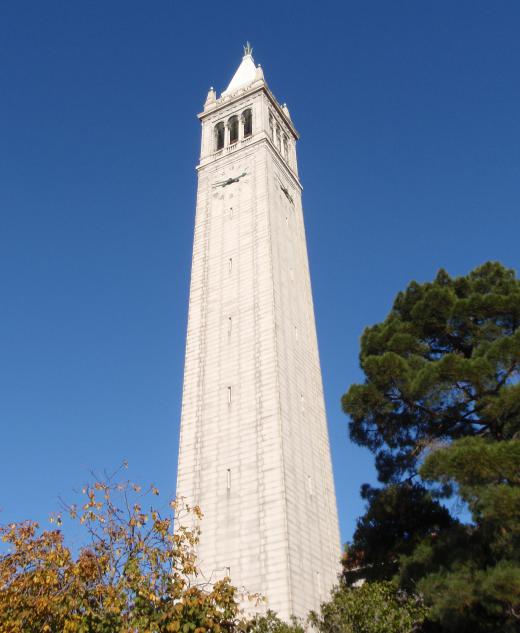What is Lawrencium?
 Mary Elizabeth
Mary Elizabeth
Lawrencium is an element with atomic symbol Lr, atomic number 103 and atomic weight of 262. It was discovered at the Lawrence Radiation Laboratory — now Lawrence Livermore National Laboratory — on the campus of the University of California at Berkeley by Albert Ghiorso, Almon E. Larsh, Robert M. Latimer, and Torbjørn Sikkeland on Valentine’s Day 1961. It was named for Ernest O. Lawrence, who invented the cyclotron. Originally designated to be represented by the atomic symbol Lw, the symbol was later changed to Lr.
Lawrencium is the last of the transuranic actinides or actinoids, as well as the last of the group to be discovered, ending a 173 year process. It all began when naturally occurring uranium was discovered by Martin Heinrich Klaproth, a German chemist, in 1789. But the development of this area lagged a bit until a spate of discoveries of the transuranic actinoids, all of which were discovered synthetically, began with Neptunium in 1940.

Lawrencium was first produced by bombarding californium with ions of boron. The small quantities of lawrencium that have up till now been created combined with lawrencium’s very short half-life makes it difficult to work with and describe. Its color, for example, is a matter of conjecture, as is its melting point.
The first isolate had a half-life of 8 seconds. Twelve isotopes have so far been synthesized — Lawrencium(Lawrencium-252, -254, -255, -256, -257, -258, -259, -260, -261, -262 and -266), along with one nuclear isomer, -253. The isotope with the longest half-life discovered to date is Lawrencium-266, with a half-life reported 11 hours. Lawrencium-262 was first discovered in 2014.
Some Lawrencium isotopes have been observed to be produced by the decay of heavier elements, such as bohrium, dubnium, meitnerium, and ununtrium.
AS FEATURED ON:
AS FEATURED ON:











Discussion Comments
I need to know what elements commonly combine or react with lawrencium.
Is it also used for anything humans can use, or is it just practically a useless element?
Post your comments